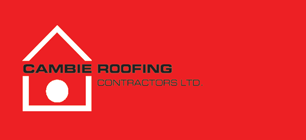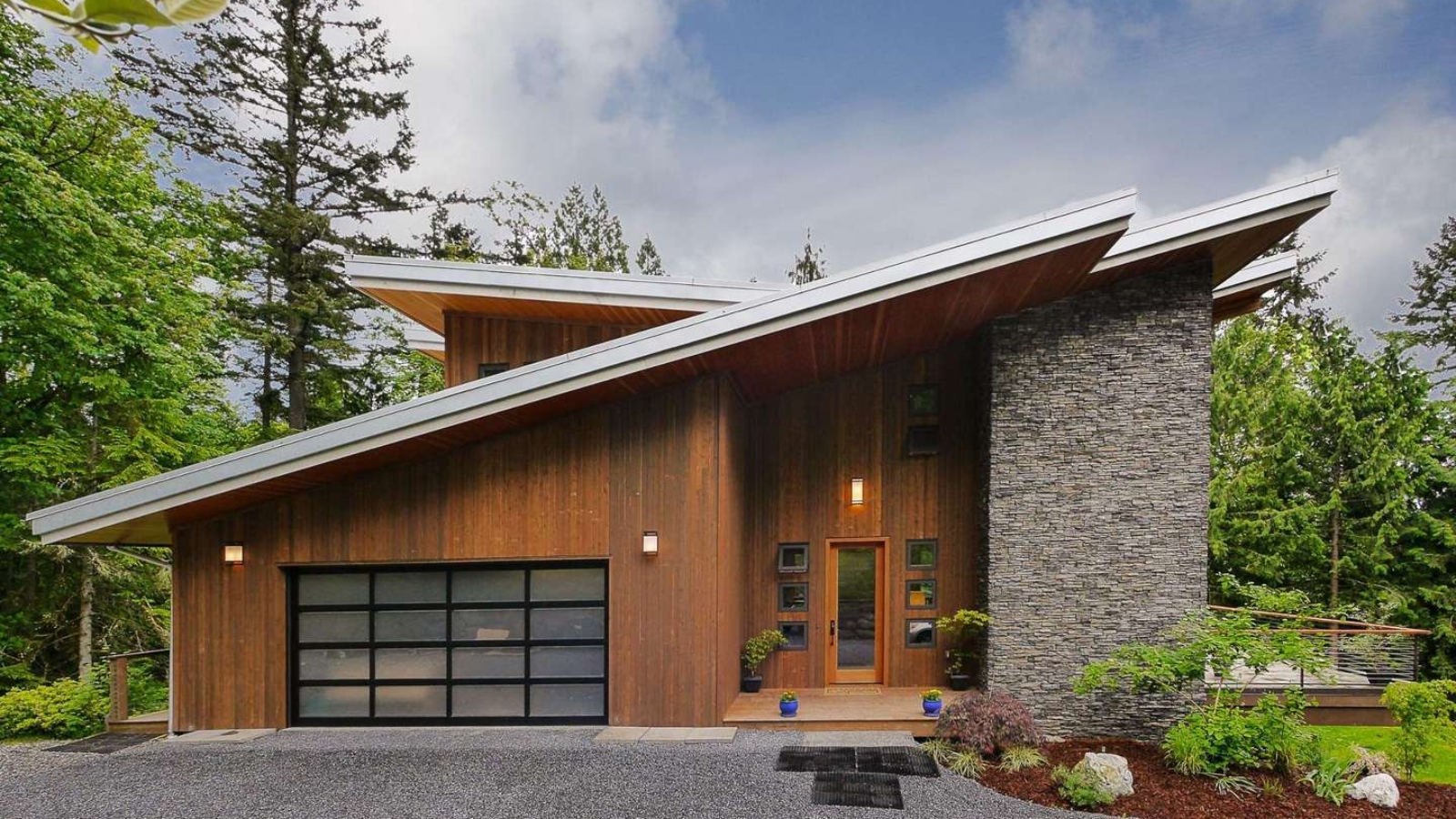If you live in (or near) Vancouver, you’re no stranger to heavy rain and seasonal snowfall, making a well-installed roof a vital part of protecting your home or building. You’re no doubt aware that any roof – even a “flat” roof – must still be installed with some sort of slope.
Whether you’re a homeowner, business owner, or strata manager, understanding why roof slope matters can save you from costly repairs and structural issues down the line.
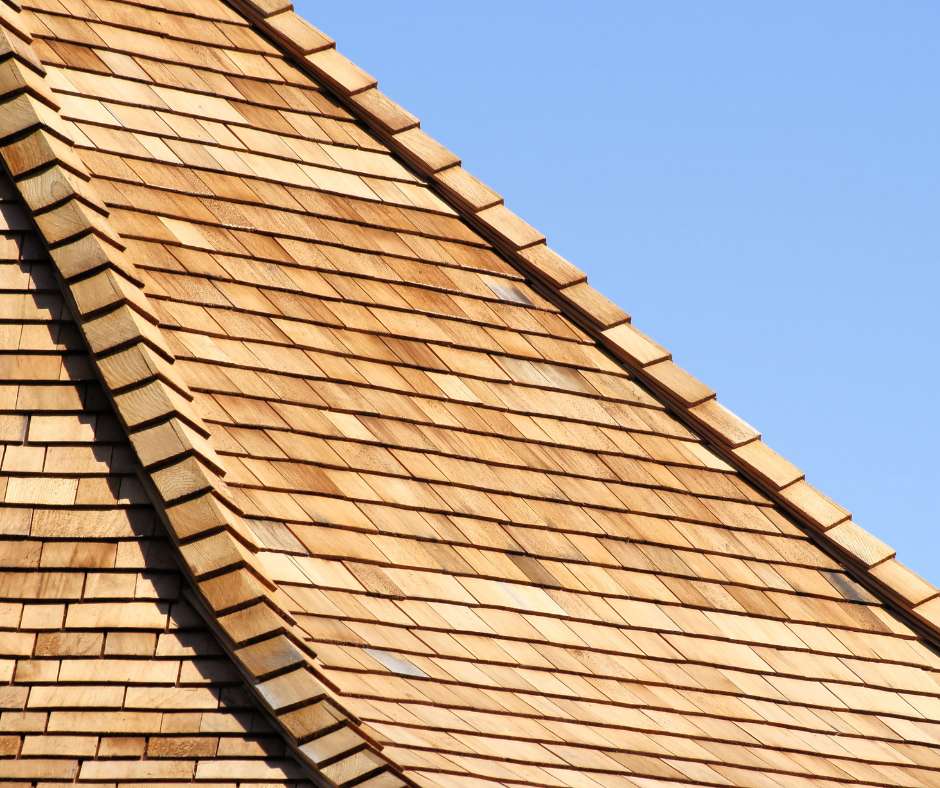
The Importance of Roof Slope
Roof slope—also known as pitch—determines how efficiently water and snow can drain off your roof. A properly sloped roof helps prevent leaks, structural damage, and excessive wear on roofing materials. The wrong slope can lead to ponding water, ice buildup, and an increased risk of leaks – especially in a climate like Vancouver’s.
If you’re getting a new roof, it’s extremely important to be aware of local and federal building codes – both of which have a minimum slope requirement.
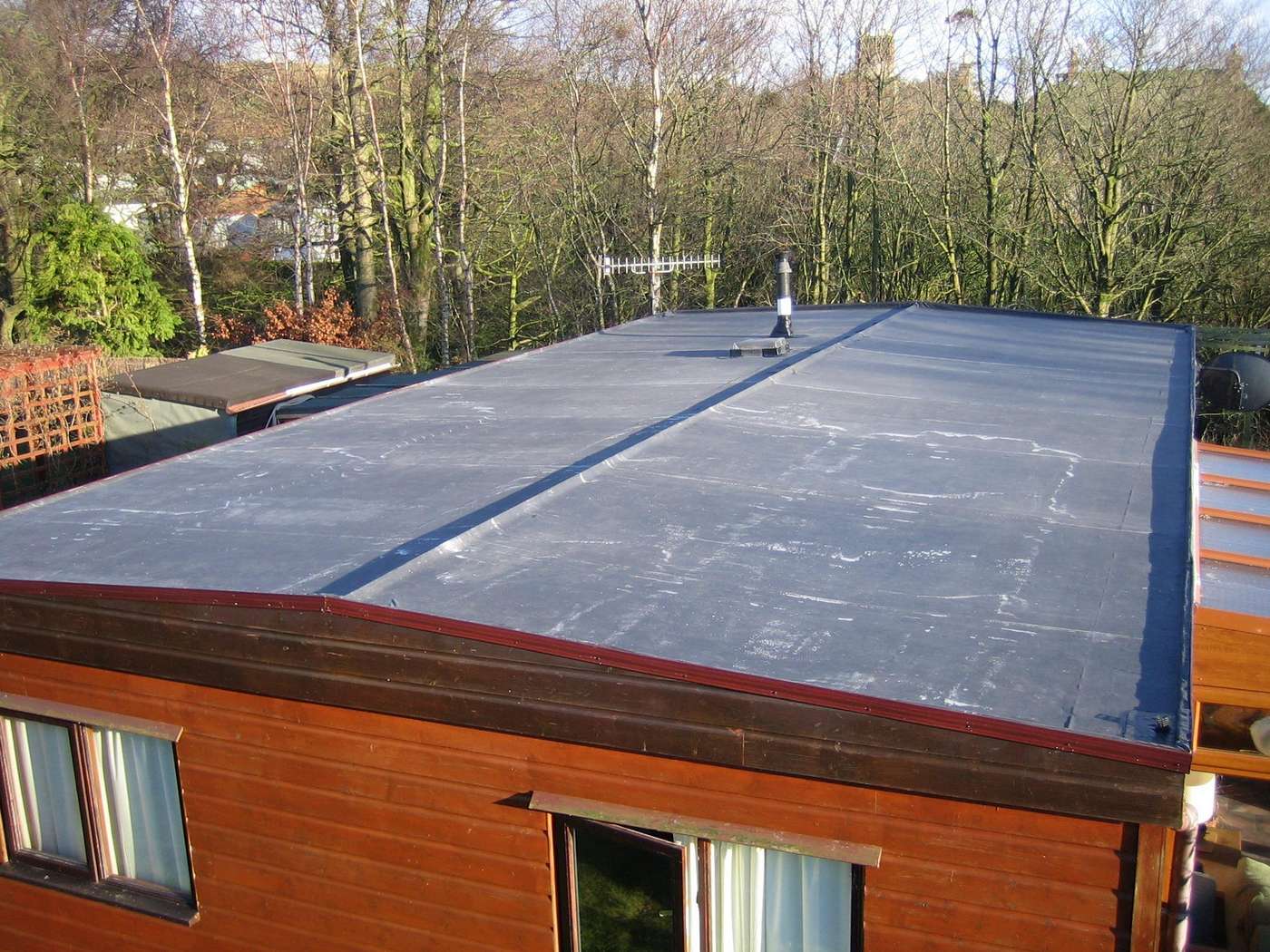
Minimum Slope Requirements
First things first: it’s important for you to know that flat roof systems, such as TPO, torch-on, or EPDM, are never truly flat. This is especially important to know if you’re a residential or commercial building manager, because commercial and industrial roofs are much more likely to utilize a flat roofing system than shingles or metal roof.
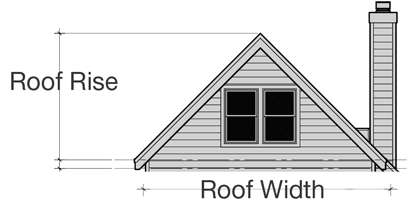
What does that mean? It means that the material you choose to install your roof with dictates what slope you need to have, because different roofing materials have specific slope requirements to function effectively. Canadian building code generally recommends a minimum slope of 2:12 (2 inches of rise for every 12 inches of run) for low-slope roofs, but this depends on the roofing material. For example:
- Asphalt shingles require at least a 2:12 slope, though most manufacturers recommend 4:12 for optimal performance.
- Metal roofing can function effectively with as low as a ¼:12 slope, making it ideal for modern, low-slope designs.
- Flat roofing systems (such as torch-on, EPDM, or TPO membranes) require a minimum of ¼:12
All that said, there is also a maximum allowable slope for roofs. While a steeper roof helps with drainage, too much slope can present other challenges:
- Installation complexity – Steeper roofs require more specialized labor, equipment, and safety standards for roofers, which increases installation and maintenance costs.
- Wind resistance – Excessively steep roofs aree more vulnerable to high winds, which can be a factor in certain exposed areas of Vancouver.
- Material limitations – Some roofing materials are less likely to physically adhere to a steep roof over the long term.
Choosing the Right Roof for Your Property
Different buildings require different roof designs. Homeowners often opt for gable or hip roofs with slopes ranging from 4:12 to 12:12 for maximum durability. Business owners and strata managers may prefer low-slope or flat roofing systems to maximize usable space while ensuring proper drainage through tapered insulation or built-in slope design.
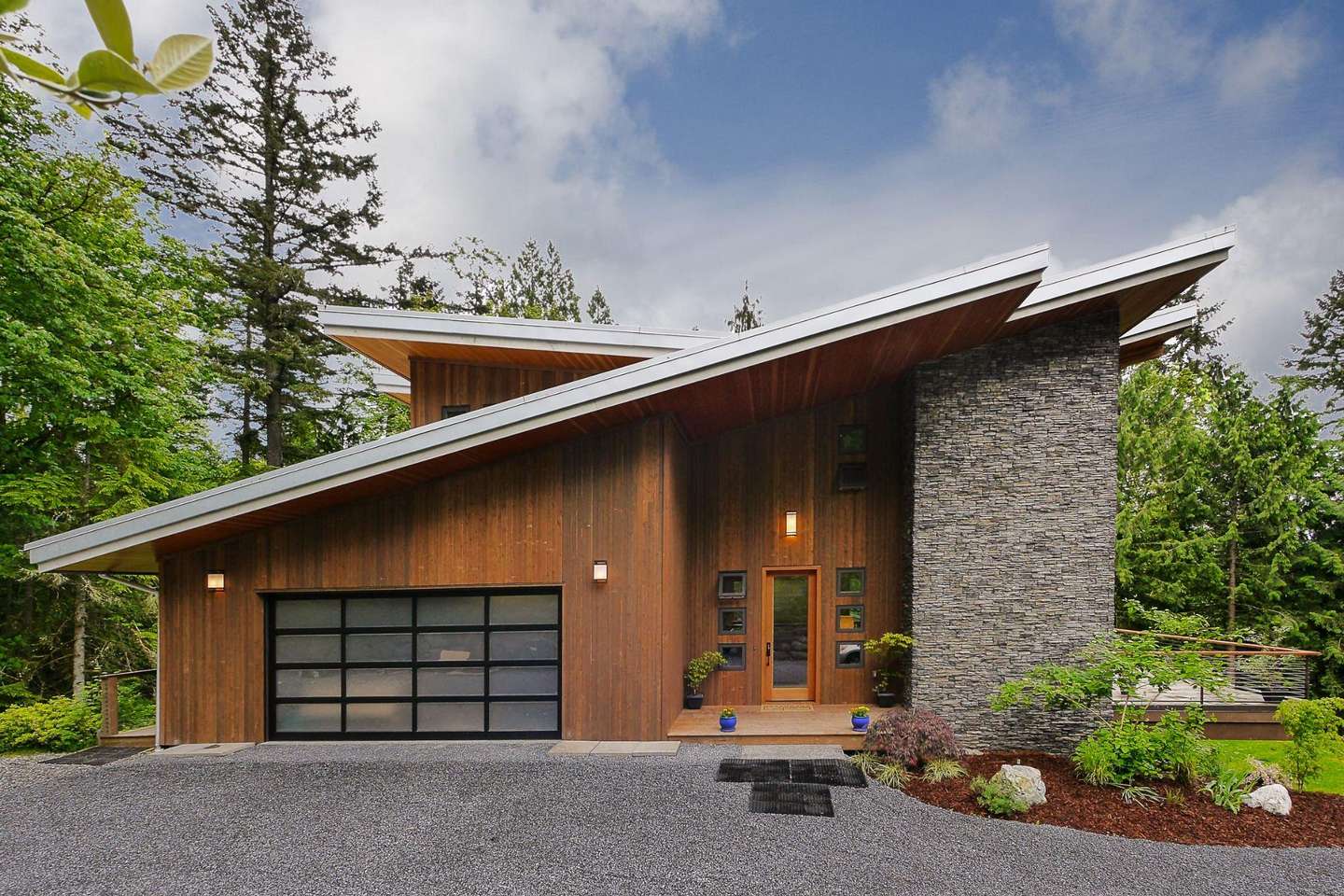
How Can We Help?
The right roof slope is very important for protecting your property from a wet climate – especially if you’re a commercial or industrial building manager. Making sure you have the proper minimum slope will save you money on repairs and extend the lifespan of your roof. If you’re unsure whether your roof’s slope is adequate, we’d be happy to help! Get in touch to speak with a professional about fixing and issues with your roof’ slope – including ponding, pooling, and more.
